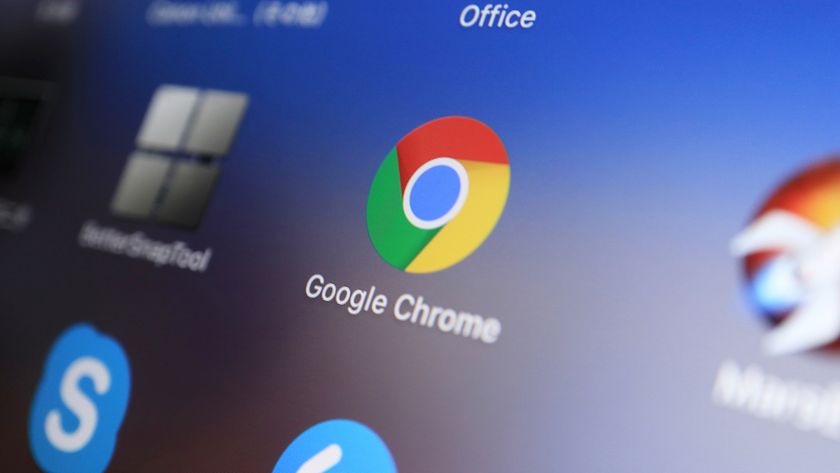Microsoft previews Internet Explorer 9
IE9 test online with HTML5 support and increased speed
Hardware acceleration from the GPU
All the graphics effects in SVG (like alpha transparency, opacity, fills and multiple background images) will get hardware acceleration from the GPU, which Hachamovitch points out is in even low-end PCs and netbooks.
This also speeds up the audio and video support; the preview includes native MP3 and AAC support, the final version will have MPEG-4 and H.264 video and Microsoft showed a version of IE9 running two HD video streams without stuttering or pixelation, far faster and more smoothly than Google Chrome.
The platform preview shows nothing about the IE9 interface or any new or improved features that might come in the final release (whenever that is); it's just a preview of the Trident layout and scripting engine - it doesn't even have a Back button, but it will get updates every 8 weeks until the beta of IE9 comes out.
"Heavy lifting" for the user interface
Hachamovitch promises the team will do "heavy lifting in the user interface and experience space as well as in the platform but we're not talking about that yet; a lot of things are deliberately not in the preview".
This release is aimed at web developers so they can plan ahead; as Steven Sinofsky (who manages IE as president of the Windows division) puts it, "first we have to get everybody up to speed on what's going under the hood and talk about the browser and then later we'll be talking about browsing."
Get daily insight, inspiration and deals in your inbox
Sign up for breaking news, reviews, opinion, top tech deals, and more.
But what about the speed?
Talking about the browser will inevitably including talking about its score on the Acid 3 test. "As we support more of the markup that everyone really trying to use on the Web," says Hachamovitch," our Acid 3 score will go up."
But he also questions the value of Acid 3, which includes only 100 tests compared to the 8,500 of the W3C CSS test suite and doesn't always correspond to correctly rendering page elements; "You can have a score of 100 on Acid 3 for a browser and completely mess up these borders I'd want to use on my page. If I can score 100 and the same markup fails [in my browser], maybe there's a problem in the test?"
Microsoft is contributing the tests it's created internally for HTML5 to the W3C (they'll also be online with the preview download in the IE9 Testing Centre so you can try them any browser) and Hachamovitch hopes the W3C will put together what he calls "an industry-backed, standards-based test… a faithful, genuine representative test; everyone wants a test that is worthwhile".
Mary (Twitter, Google+, website) started her career at Future Publishing, saw the AOL meltdown first hand the first time around when she ran the AOL UK computing channel, and she's been a freelance tech writer for over a decade. She's used every version of Windows and Office released, and every smartphone too, but she's still looking for the perfect tablet. Yes, she really does have USB earrings.












